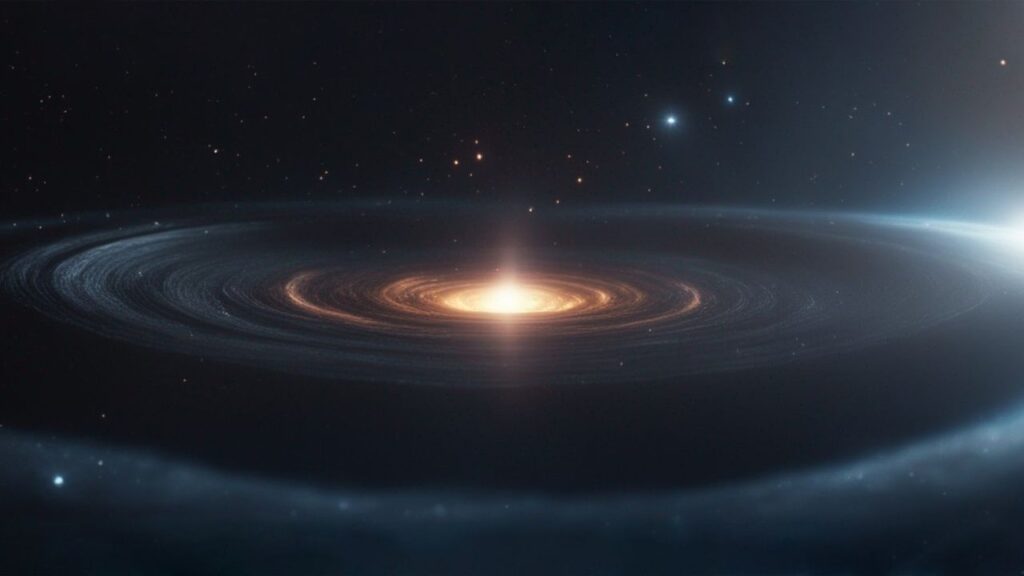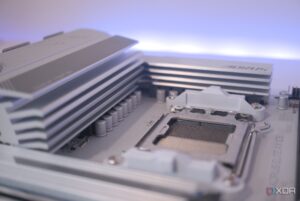
BREAKING: Scientists are on the brink of a groundbreaking discovery that could revolutionize our understanding of the universe. New reports confirm that researchers are close to detecting the elusive ripples from the Big Bang, known as primordial gravitational waves, which could unveil the mysteries of cosmic inflation.
The Big Bang, which occurred approximately 13.8 billion years ago, generated immense gravitational waves that continue to reverberate through the cosmos today. These waves, however, are incredibly weak and difficult to detect, requiring unprecedented sensitivity from scientific instruments.
In 2015, the Laser Interferometer Gravitational Wave Observatory (LIGO) made history by successfully detecting gravitational waves produced by merging black holes. This monumental achievement proved that gravitational waves exist, but the hunt for the primordial waves from the Big Bang is set to take detection efforts to a new level.
The next generation of gravitational wave observatories, including the Laser Interferometer Space Antenna (LISA), scheduled for launch in the mid-2030s, aims to explore these primordial waves. LISA will consist of three satellites positioned between 600,000 to 3 million miles apart, using high-precision lasers to measure tiny changes in distance caused by passing gravitational waves.
“LISA could offer the first direct view into the earliest moments of cosmic history,” said a leading physicist involved in the project. If successful, this mission could illuminate how inflation — a rapid expansion of the universe — occurred, providing answers to fundamental questions about the universe’s beginnings.
Although LIGO has successfully detected gravitational waves from cosmic events, primordial gravitational waves are expected to be much more subtle. They are thought to be long and slow, hiding beneath the background noise of cosmic vibrations. As a result, LISA’s innovative design is crucial for tapping into these ancient signals.
The scientific community is eager for the launch of LISA, as it represents a potential turning point in our understanding of the universe. Researchers are optimistic but acknowledge the uncertainty surrounding the strength of the primordial waves. They hope that LISA will be sensitive enough to detect these waves, which could be a fraction of their original strength.
In addition to LISA, a proposed project called the Big Bang Observer (BBO) aims to take the search further by deploying an array of spacecraft equipped with powerful lasers to detect gravitational waves across the solar system. However, as of now, the BBO remains in the proposal stage with no concrete plans for development.
The stakes are high. Detecting these primordial waves could provide direct evidence of inflation, changing our understanding of everything from the formation of galaxies to the very fabric of space-time. The excitement surrounding LISA is palpable, as scientists prepare for a mission that could redefine our cosmic narrative.
As researchers finalize preparations for LISA and await its launch, the scientific community remains vigilant. The potential to uncover the secrets of the universe’s infancy is within reach, making this an exhilarating time for physicists and astronomers alike.
Stay tuned for updates on this developing story as we await the launch of LISA and the potential discovery of primordial gravitational waves. The cosmos may soon reveal its deepest secrets, offering a new chapter in our understanding of existence.





